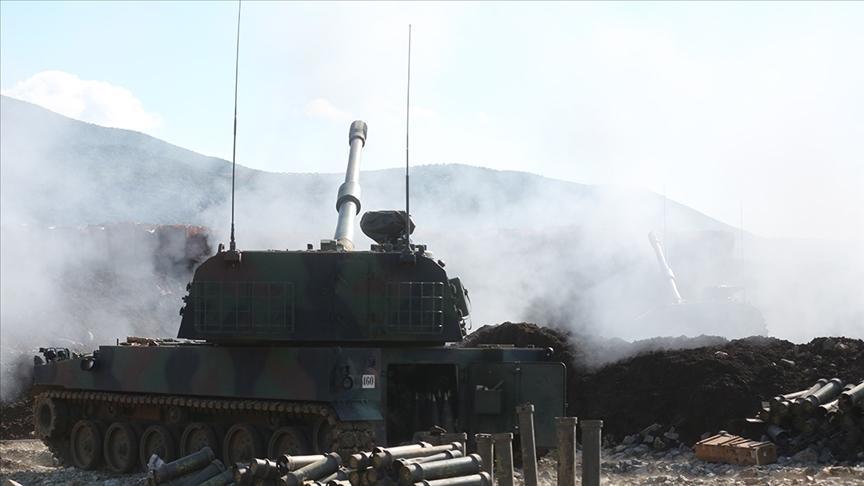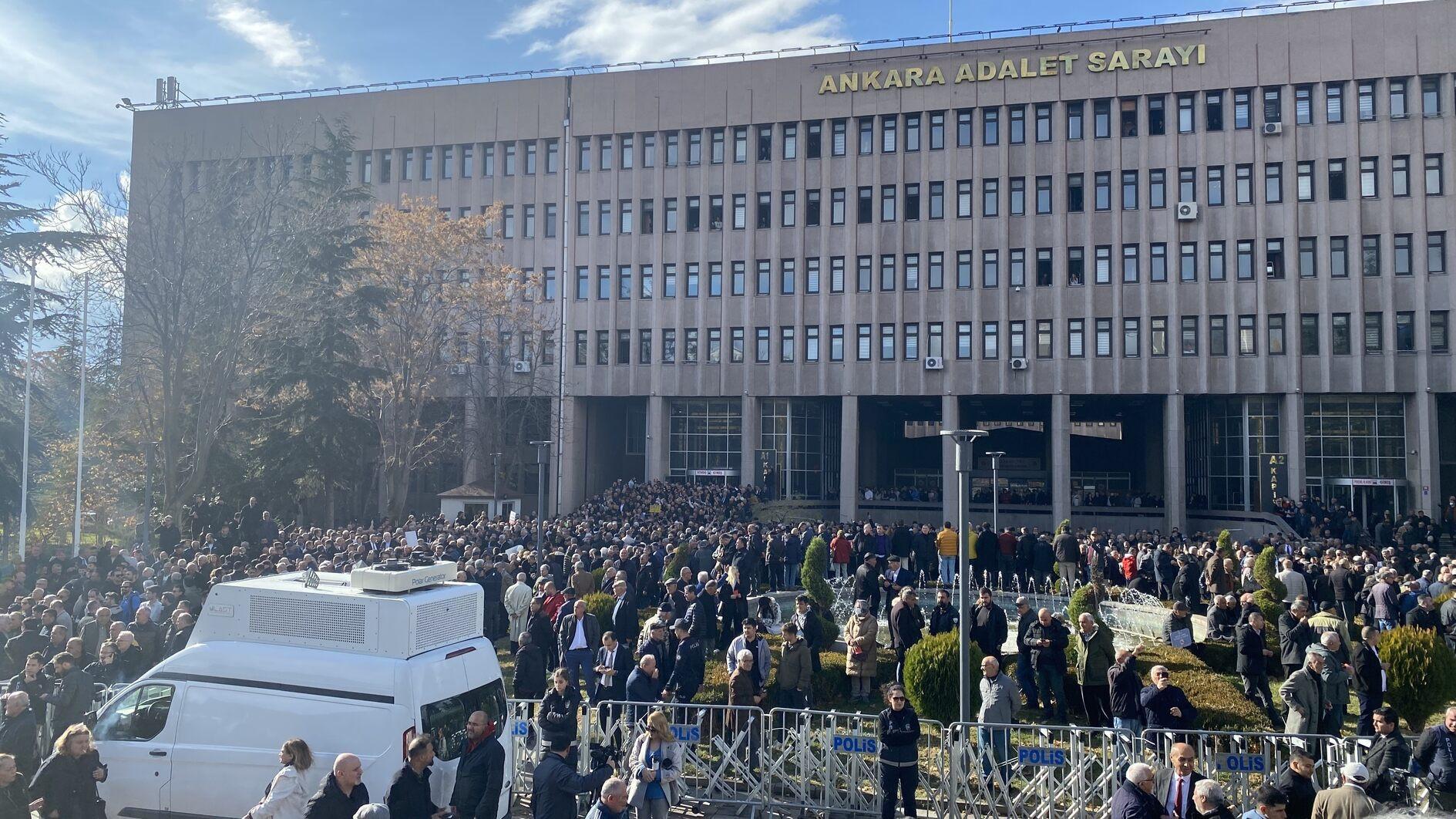Ukraine versus Gezi protests
It is quite popular these days to compare the Gezi protests with the uprisings in Ukraine. Yet there are many differences between the two cases with regard to the respective governments, the uprisings and their participants.
First and foremost, Ukraine is an authoritarian democracy. The election of its overthrown President Yanukovych itself reflects the matureness of the Ukrainian democracy. When he declared his presidency in the shady 2004 elections, tens of thousands of protesters started the Orange Revolution. And since he became president in 2010 through alleged fraud, his governance has been identified with authoritarianism. Turkey, on the other hand, is a democratic country despite all of its shortfalls, and the AKP came to power through free and fair elections.
In addition, the AKP has been in power for three terms and almost 12 years with a strong voter base. Hence, it is a consolidated party which considers itself safe and secure. Yanukovych, on the other hand, has always felt on a knife-edge due to the disunity in the country.
Hence, the reactions of the two governments were different. Even though both governments appealed to police forces to deal with the uprisings, the level of the violence majorly differs.
In Gezi, the police caused the deaths of seven people by using disproportionate force, resorting to using water cannons, tear gas and plastic bullets. In Maidan, police violence extended far beyond this.
The special police units called Berkut led to the deaths of almost 100 people by using bullets and batons. In addition, there have been numerous incidents such as the anti-government Ukrainian journalist Tatyana Chornovol’s beating. And many opposition figures such as Tymoshenko have been arrested during Yanukovych’s governance and the protests.
Another difference is that Prime Minister Erdoğan met twice with representatives from the Gezi Movement. Yanukovych, on the other hand, only responded with strict anti-protest laws.
With regard to the uprisings, Gezi was a spontaneous movement. It never became organized and lacked leadership. Even though the Maidan (Independence) Movement also started spontaneously upon the government’s abandonment of the EU agreement, it later became highly organized.
Protesters formed the “National Resistance Council” and also each group of 10 to 20 people was assigned the title “commander.”
In contrast to Gezi, Maidan became armed. The so-called “Maidan Self-Defense Brigades” have become so powerful that they are currently keeping guard of the transition government.
Another difference is Gezi was quite heterogeneous, involving a wide political range. Maidan protesters, on the other hand, were all nationalists and of the far-right tendency.
The common aim of the Gezi protesters was not to topple the government, but to express their reactions towards the authoritarian tendencies of the government. There were even AKP supporters on the streets. Yet, Maidan’s main goal was to overthrow the government.
Maidan was the continuation of the Orange Revolution of 2004. Yet Gezi only started at Gezi and was the first of its kind in terms of civil resistance.
Last but not least, Maidan’s international dimension was predominant since the major goal of the protesters was integration with the West. The Gezi Movement, on the other side, was only domestic-oriented.
Not to mention the difference in their outcomes.











